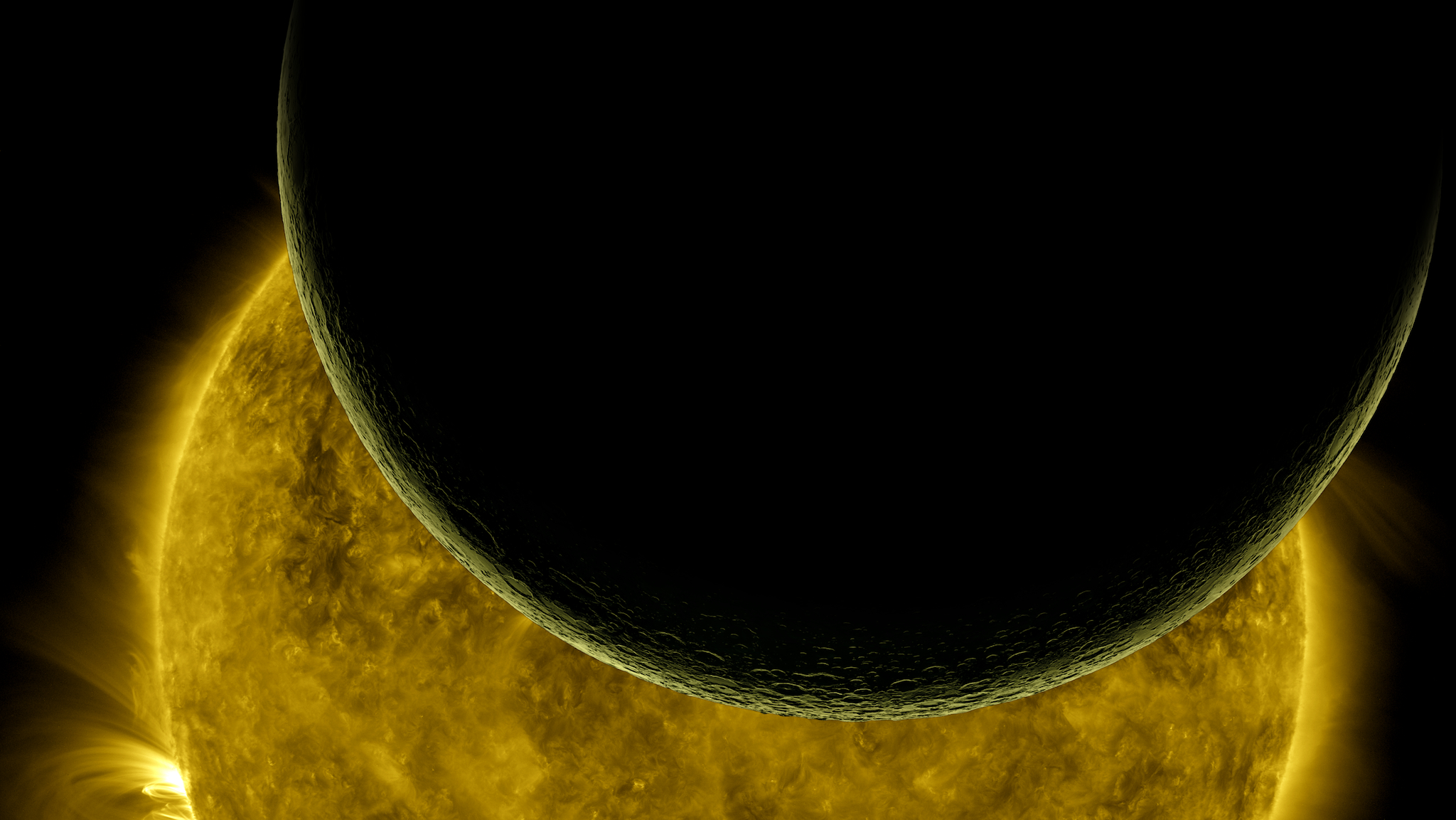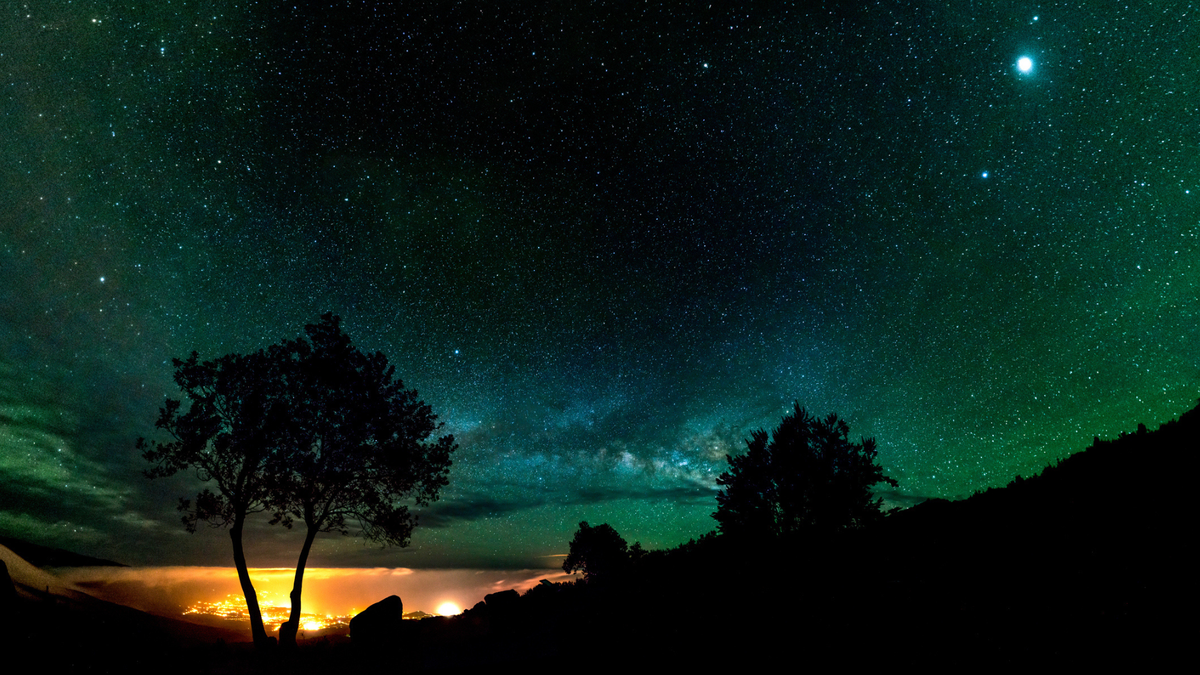Future moon astronauts may find water more accessible than previously thought, according to a new experiment that suggests the sun is replenishing the sought-after resource on the lunar surface.
Because the moon lacks a magnetic field like Earth's, the barren lunar surface is constantly bombarded by energetic particles from the sun; these particles make up the solar wind. Scientists have long suspected, based on computer simulations, that the solar wind helps make the ingredients of water on the lunar surface.
The high-speed particles, primarily composed of positively charged hydrogen ions, capture lunar electrons to become hydrogen atoms. The newly-formed hydrogen atoms then migrate through the dusty and rocky regolith to bond with oxygen, forming hydroxyl and water molecules across the surface, often concentrating in permanently shadowed polar regions. However, the natural cycle and renewability of these ingredients remained unclear. So, to shed light on this process, Li Hsia Yeo, a planetary scientist at NASA's Goddard Space Flight Center in Maryland, led a lab experiment observing the effects of simulated solar wind on two samples of loose regolith brought to Earth by the Apollo 17 mission.
One of the samples was dug from a scar-like trench called Wessex Cleft and the other from the bottom of a young crater rim in South Massif. To remove any terrestrial water the 50-year-old samples would have absorbed since their return to Earth, Yeo and her team baked the samples overnight in a vacuum furnace. To mimic conditions on the moon, the researchers built a custom apparatus that included a vacuum chamber, where the samples were placed, and a tiny particle accelerator, which the scientists used to bombard the samples with hydrogen ions for several days.
"It took a long time and many iterations to design the apparatus components and get them all to fit inside," Jason McLain, a research scientist at NASA Goddard who co-led the experiment with Yeo, said in a statement, "but it was worth it, because once we eliminated all possible sources of contamination, we learned that this decades-old idea about the solar wind turns out to be true."
An analysis of how the samples' chemical makeup changed over time showed a drop in the light signal at the same spot in the infrared region — near three microns — where water absorbs energy. This indicates the formation of hydroxyl and water molecules due to the mock solar wind, confirming the long-held theory, the study reports.
The team also found that heating the samples to typical lunar dayside temperatures of about 260 degrees Fahrenheit (126 degrees Celsius) for 24 hours led to a decrease in these water-related molecules. But when the samples were cooled for another 24 hours and blasted with mock solar wind again, the water-related signatures reappeared. This cycle suggests the solar wind continuously replenishes small amounts of water on the moon's surface, according to the new study.
"The exciting thing here is that with only lunar soil and a basic ingredient from the sun — which is always spitting out hydrogen — there's a possibility of creating water," Yeo said in a statement. "That's incredible to think about."
Supporting this idea, observations from previous moon missions have revealed an abundance of hydrogen gas in the moon's tenuous atmosphere. Scientists suspect that solar-wind-driven heating facilitates the combination of hydrogen atoms on the surface into hydrogen gas, which then escapes into space.
This process also has a surprising upside, the new study suggests. Leftover oxygen atoms are free to bond with new hydrogen atoms formed by repeated bombardment of the solar wind, prepping the moon for more water formation on a renewable basis.
The findings could help assess how sustainable water on the moon is, as the sought-after resource is crucial for both life support and as propellant for rockets.
The team's study was published in March in the journal JGR Planets.
.png)
 German (DE)
German (DE)  English (US)
English (US)  Spanish (ES)
Spanish (ES)  French (FR)
French (FR)  Hindi (IN)
Hindi (IN)  Italian (IT)
Italian (IT)  Russian (RU)
Russian (RU) 






Comments